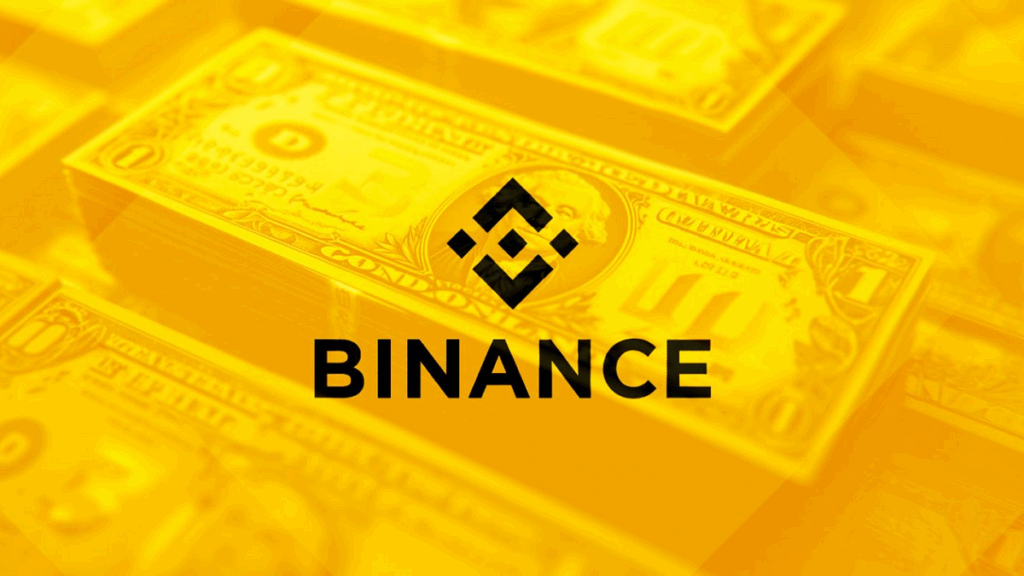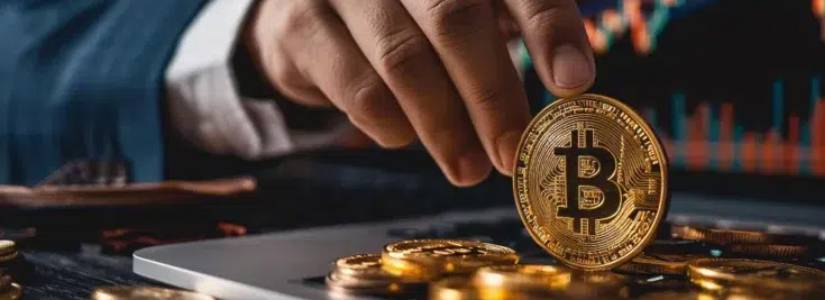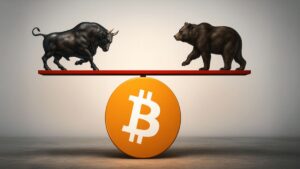TL;DR
- Binance confirmed the stability of its platform during the sharp volatility on October 10 and denied being the source of the market crash.
- The exchange compensated users affected by the de-pegging of USDE, BNSOL, and WBETH with $283 million distributed in two rounds.
- The company attributed the “zero price” readings seen on some spot pairs to old limit orders and visual display errors, and announced technical improvements and new risk controls.
Binance released a detailed report on the episode of extreme volatility that hit the crypto market on October 10, confirming the overall stability of its system throughout the event.
Between 20:50 and 22:00 UTC, a wave of institutional and retail sell-offs triggered by several macroeconomic factors led to massive liquidations and sharp price drops across the market. According to the exchange, the transactions processed on its platform represented only a small portion of total market activity, and the correction did not originate on Binance.
Temporary De-Pegging and User Compensation
The company explained that its spot, futures, and API trading engines operated normally, though some internal modules experienced brief interruptions around 21:18 UTC. These disruptions coincided with the temporary de-pegging of three assets tied to its Earn products — USDE, BNSOL, and WBETH — whose prices deviated from their reference value for only a few minutes. Binance clarified that these distortions occurred after the market crash, not before, rejecting claims that the Earn products triggered the broader downturn.
The exchange fully compensated affected users in under 24 hours, distributing roughly $283 million in two rounds. The restitution covered both losses caused by the de-pegging and the impact of internal delays in fund transfers and Earn redemptions that prevented users from topping up margins on time. Binance stated that it is still reviewing some cases and will continue to provide public updates until all claims are resolved.
Binance Denies Zero-Price Executions
During the event, several spot pairs displayed abnormal prices, with some showing “zero” values on screen. The company attributed these anomalies to old limit orders, temporary liquidity gaps, and visual errors caused by recent adjustments in decimal precision for certain pairs, clarifying that no trades were actually executed at zero price.
Binance announced that it will apply interface fixes and strengthen risk controls to prevent similar incidents in the future. It also reaffirmed its commitment to transparency and to reporting any suspicious activity to regulators. Despite the market turbulence, the company emphasized that its swift compensation and open communication demonstrate its responsiveness and the resilience of its infrastructure under extreme conditions













